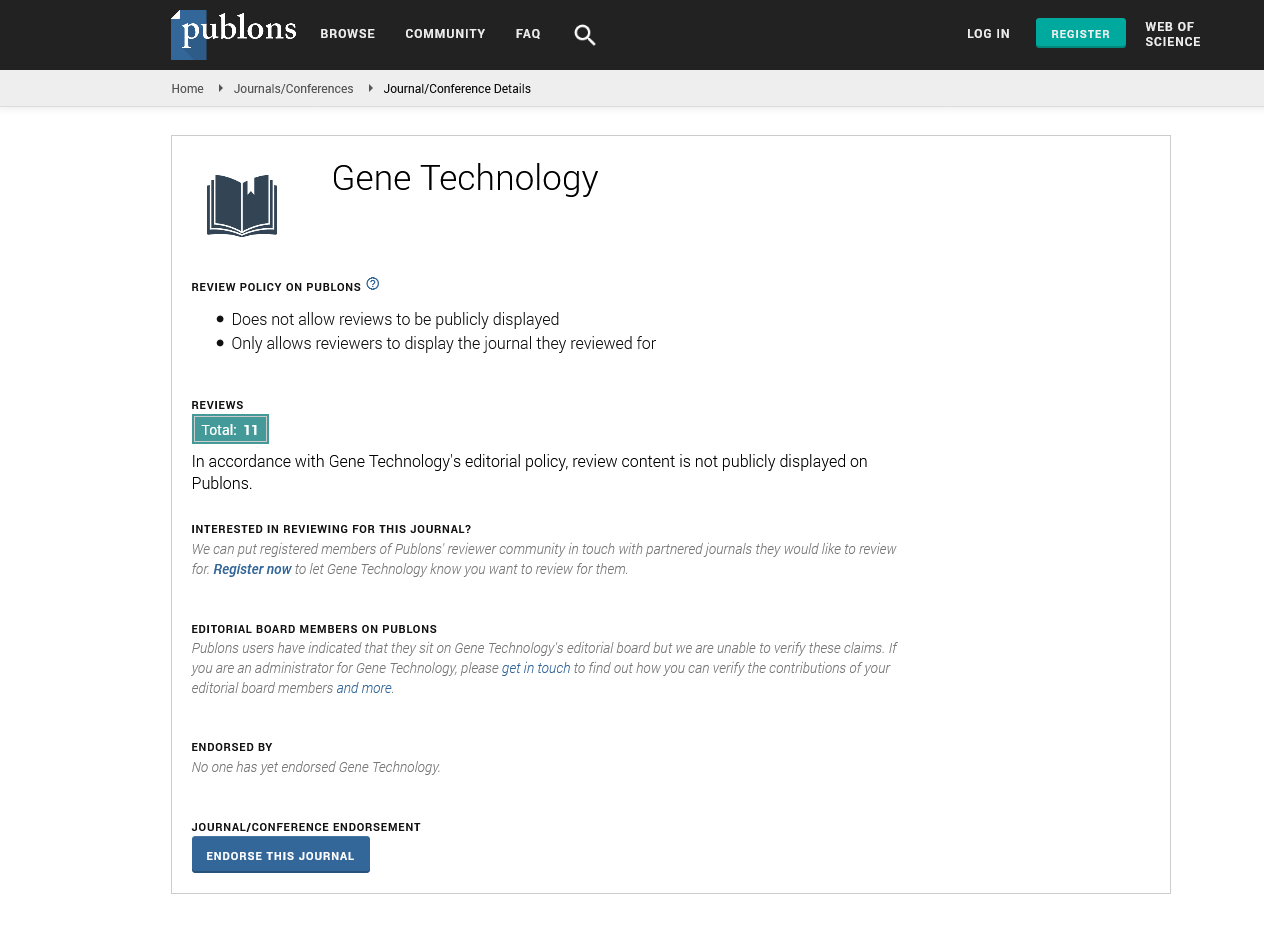Indexed In
- Academic Keys
- ResearchBible
- CiteFactor
- Access to Global Online Research in Agriculture (AGORA)
- RefSeek
- Hamdard University
- EBSCO A-Z
- OCLC- WorldCat
- Publons
- Euro Pub
- Google Scholar
Useful Links
Share This Page
Journal Flyer

Open Access Journals
- Agri and Aquaculture
- Biochemistry
- Bioinformatics & Systems Biology
- Business & Management
- Chemistry
- Clinical Sciences
- Engineering
- Food & Nutrition
- General Science
- Genetics & Molecular Biology
- Immunology & Microbiology
- Medical Sciences
- Neuroscience & Psychology
- Nursing & Health Care
- Pharmaceutical Sciences
Abstract
Breeding for Drought Tolerance by Monitoring Chlorophyll Content
Mariela Inés Monteoliva*, María Carla Guzzo and Gisella Anabel Posada
Crop yields have increased substantially during the last 50 years, but the traits that drove these remarkable improvements, such as plant architecture, have a little remaining potential for improvement. New traits such as photosynthesis, as the ultimate determinant of yield, must be explored to support future demands. However, improving photosynthetic efficiency has played only a minor role in improving crop yield to date. Chlorophylls are the pigments allowing light to be transformed into carbohydrates, and therefore help to maintain crop yield under stress. Chlorophyll content correlates with higher yields in diverse conditions. In this review, we discuss using chlorophyll content as the basis of screens for drought tolerance. We review chlorophyll-related responses to drought in different plants and summarize the advantages and disadvantages of current methods to measure chlorophyll content, with the ultimate goal of improving the efficiency of crop breeding for drought tolerance
Published Date: 2021-05-24; Received Date: 2021-05-04

